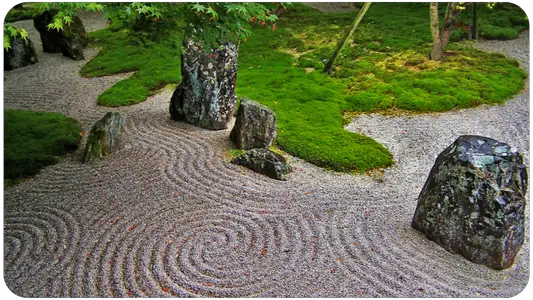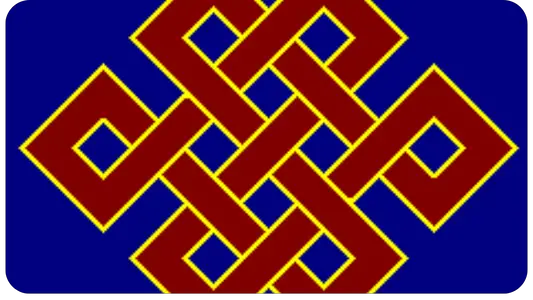Naropa (also: Nāropa, Nāro, or Nārotapa; tib. ནཱ་རོ་པ་, Wylie.: nA ro pa; b. 1016; d. 1100) was a Buddhist master and one of the 84 Mahasiddhas.
Biography
He was born in northeastern India or Bengal and grew up in a noble family. His education was aimed at taking over his father's throne and title, but also included teachings on Buddhist doctrine as well as the teachings of the Brahmins.
At the age of eight, he expressed his desire to study. At his request, he was allowed to travel to Kashmir to study when he was eleven years old. According to some sources, his travel time there alone lasted three years.
Other sources state that the duration of his studies in Kashmir was the same three years, after which he returned home and continued his studies at home until he was married to the Brahmin daughter Vimaladipi in 1032 AD at the age of 16.
The marriage lasted eight years, then he ended the union and went back to Kashmir. He ordained and resumed his studies.
At the age of 28, he moved to Pullahari near Nalanda (northern India). There, in the first Buddhist university with a large number of scholars and students, he received further teachings and became the abbot of the university himself.
One day he met an old woman who is considered in the legends to be the embodiment of Dakini Vajravarahi. She explained to Naropa the importance of the practical experience of meditation and advised him to seek out the master Tilopa.
Nāropa then left Nalanda as well as the Buddhist order and sought out Tilopa, whom he met after a long search in eastern India. Tilopa subjected Nāropa to hard training to develop his mind so that he would be ready for enlightenment.
He trained with practical exercises his concentration, strength of mind and sharpness of mind - three pillars of mind to master the ultimate realization. At the same time, he received oral initiations into secret teachings.
Both in the twelve years it took Nāropa to find Tilopa and in the twelve years that followed, when he accompanied Tilopa, he was faced with tasks that led him from purely intellectual understanding of Buddhist teachings to an inner deep understanding of the nature of mind and the application of the teachings.
Enlightenment finally came to Nāropa in a very unconventional way when one day he asked his teacher for further instruction and instead received a blow to the head from Tilopa with his shoe.
This caused the last veils to fall from Naropa's mind and he realized Mahamudra. He then spent 21 years in Pulahari teaching the Dharma.
The Six Yogas of Nāropa
He summarized the most important transmissions he had received from Tilopa in six forms of meditation. They are still known today as the Six Yogas of Nāropa. They are considered "higher practice" and thus are usually given in their entirety only to a few, more experienced students of Buddhist teachers, since their effect on the mind is said to be very strong.
Nāropa gave the transmission for these forms of meditation to his disciple Marpa, the translator, among others. Another important disciple of Nāropa was Niguma, who is usually spoken of as his tantric consort, sometimes as his sister (which is because the Tibetan term cham mo is ambiguous here, and consort is of particular importance to the Shangpa Kagyu school).





